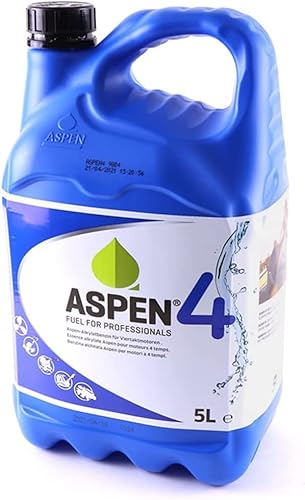



Begin by selecting the right nozzle. For typical stone or concrete surfaces, a 25-degree nozzle performs admirably, striking a balance between pressure and coverage. Switch to a 15-degree nozzle for tougher grime, but exercise caution to prevent surface damage.
Before launching into the task, ensure the area is free from furniture and debris. This enables unobstructed cleaning and protects items from potential harm. A thorough pre-wash rinse will clear away loose dirt, making the subsequent cleaning more effective.
Set your device to the appropriate pressure setting. For delicate outdoor tiles, a lower PSI is advisable, while higher settings work well on rugged brick or concrete. Start at a distance of around two feet from the surface, gradually moving closer as needed. Maintain a steady, sweeping motion to avoid uneven cleaning marks.
Don’t forget about the cleaning solutions. A specially formulated detergent can enhance the results, especially on mildew-ridden surfaces. Apply it using a dedicated soap nozzle, allowing it to sit for a few minutes before rinsing. This soaking time will help break down stubborn stains.
Regular maintenance of your equipment ensures longevity and reliable performance. After each use, clear out any detergent residue from the system and store it in a dry place. Following these guidelines will transform your outdoor areas, making them look refreshed and inviting.
Selecting the Right Equipment for Cleaning Surfaces
Choosing the correct model is crucial for effective results. I recommend a machine with a minimum pressure rating of 130 bar, especially for tough stains and built-up grime. It’s essential to match the water flow rate, ideally around 450–600 litres per hour, to ensure a thorough clean.
Key Features to Examine
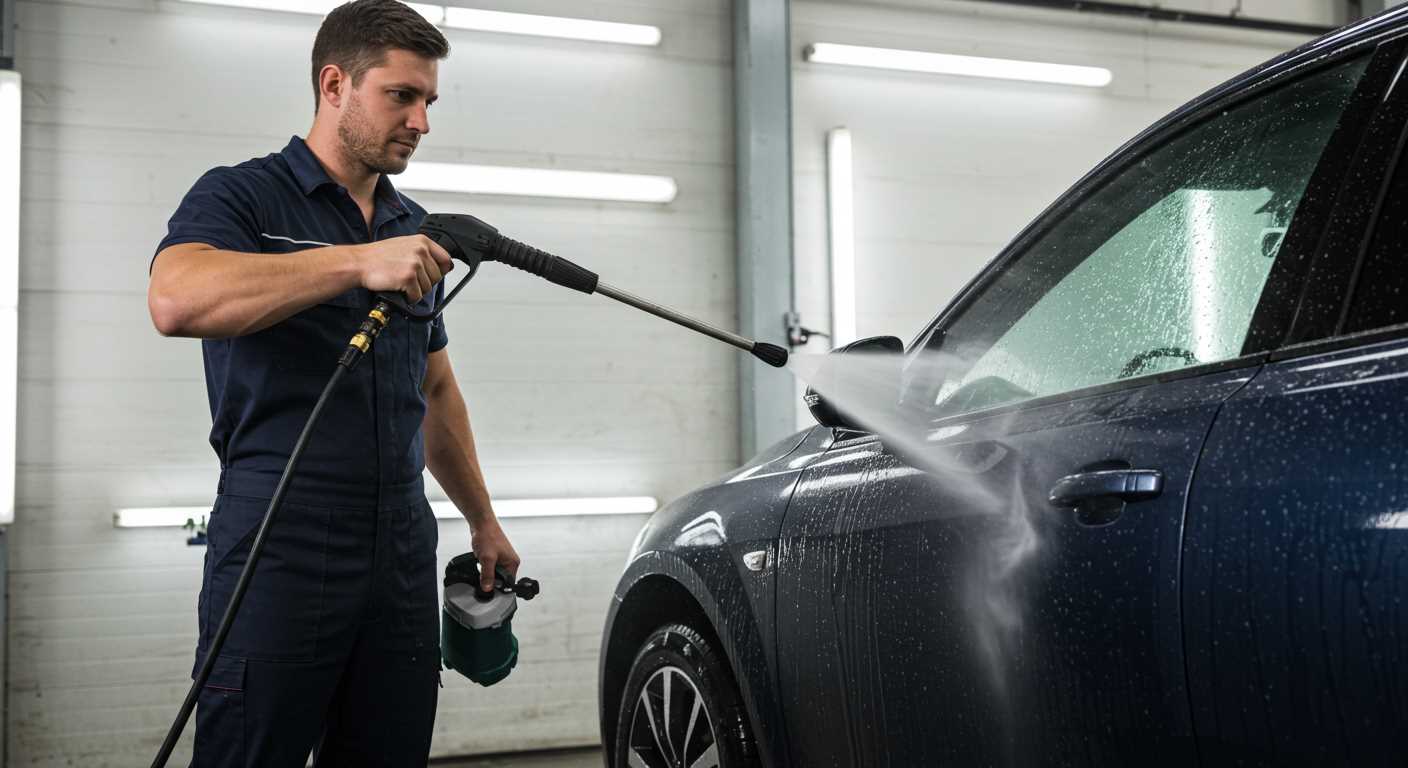
Focus on lightweight options with wheels for mobility, along with a longer hose to reach all areas without needing to move the device frequently. Look for units with interchangeable nozzles for enhanced versatility in cleaning various surfaces.
An electric variant suits smaller jobs, while petrol models are ideal for larger areas requiring substantial power. Moreover, consider features like detergent tanks, as they can simplify removing tough stains.
Comparison Table of Recommended Models
| Model | Pressure (Bar) | Flow Rate (L/h) | Weight (kg) | Power Source |
|---|---|---|---|---|
| Model A | 130 | 450 | 11 | Electric |
| Model B | 150 | 500 | 14 | Petrol |
| Model C | 180 | 600 | 15 | Electric |
Evaluate the models based on your specific needs and area size. A well-suited machine can make maintenance simpler and more effective, leading to better long-term results.
Preparing Your Outdoor Surface for Cleaning
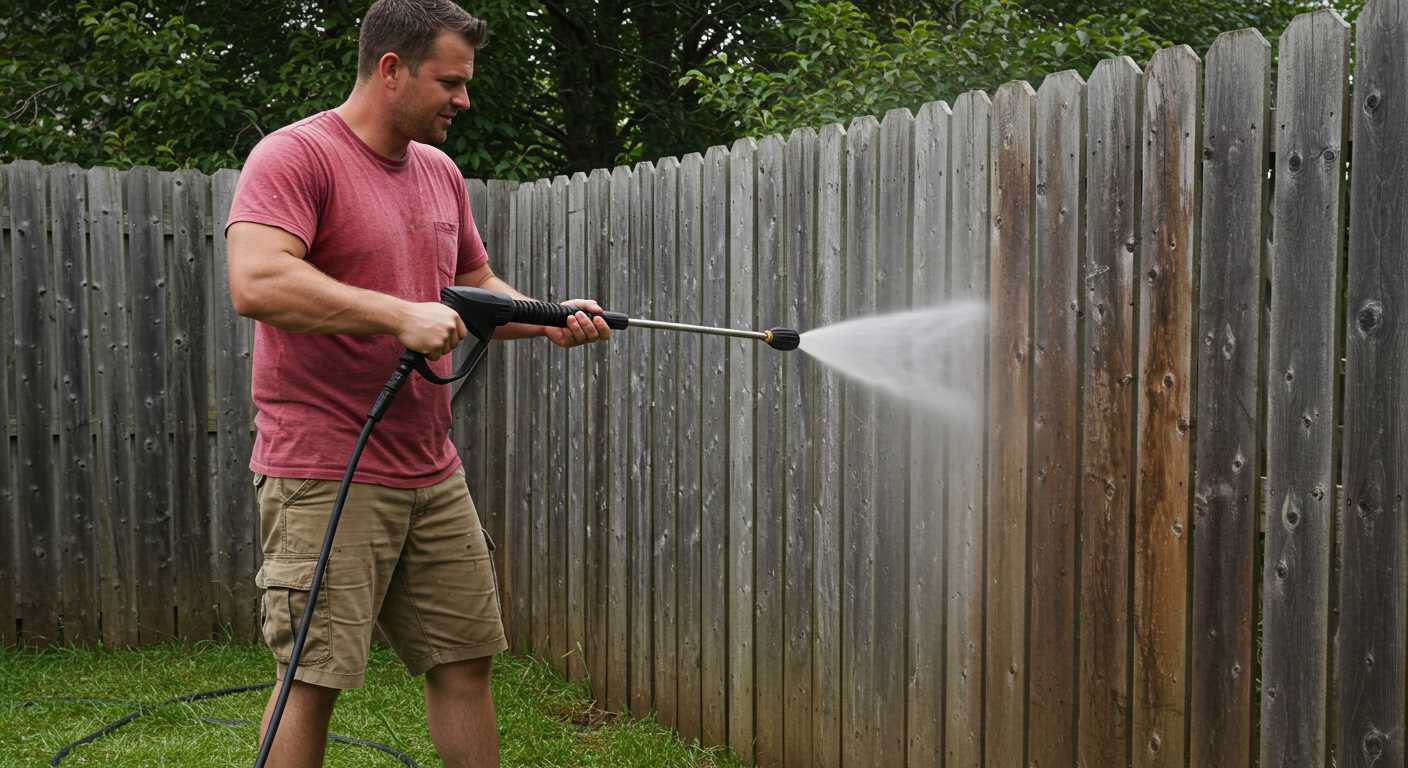
Clear the area of furniture, potted plants, and any items that could obstruct the cleaning process. This not only protects your belongings but also provides unobstructed access for effective cleaning. Ensure all movable objects are stored away to prevent damage from high-pressure water streams.
Surface Inspection
Examine the flooring closely. Identify cracks, loose tiles, or any protruding nails that may be hazardous during cleaning. Repairing damaged areas beforehand prevents further deterioration and guarantees a smoother wash. Use a broom to sweep up loose dirt, leaves, and debris that can hinder the cleaning process.
Safety Measures
Wear suitable protective gear, such as gloves and goggles. Safety starts with preparation; unexpected debris can be propelled during washing, leading to injuries. Identify electrical outlets, and ensure they are covered or shielded from water. Always have a water source within reach, ideally a hose that can supply water directly to your equipment.
Choosing the Appropriate Nozzle and Pressure Settings
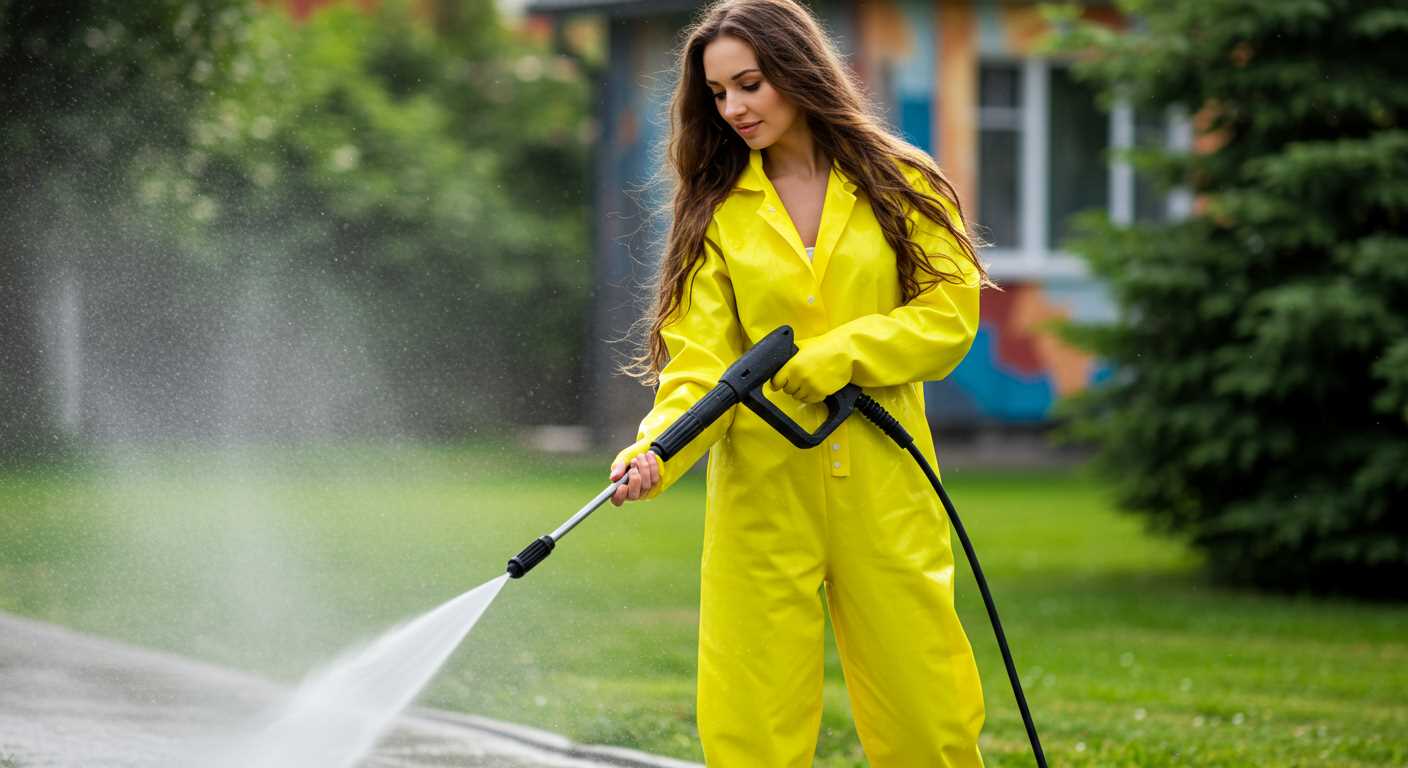
For optimal cleaning, selecting the right nozzle and adjusting the pressure settings are crucial steps. Begin by identifying the surface material of your outdoor space. Different materials require specific nozzles and pressure levels.
Nozzle Types
Here are the common nozzle types and their uses:
- 0-degree nozzle: Produces a concentrated, high-pressure stream ideal for tough stains on hard surfaces. Use with caution, as it can damage softer materials.
- 15-degree nozzle: Offers a wider spray than the 0-degree and is effective for removing mildew and grime from concrete or brick.
- 25-degree nozzle: A versatile option suitable for general cleaning tasks, like removing dirt from decks and patios without causing damage.
- 40-degree nozzle: Provides the broadest spray pattern, perfect for delicate surfaces, such as painted wood where a gentler approach is needed.
- Soap nozzle: Designed specifically for applying cleaning solutions. This nozzle allows for a low-pressure spray to evenly distribute detergents.
Adjusting Pressure Settings
Settings on the cleaning unit often vary by model. As a rule of thumb:
- Start with a lower pressure to prevent surface damage. Increasing the pressure incrementally allows you to gauge effectiveness without harming the area.
- For concrete or stone, pressure settings around 2000-3000 PSI are advisable.
- For softer materials like wood, reduce the pressure to 1000-1500 PSI to avoid splintering or erosion.
Regularly test the spray at a distance of about 2 feet from the surface to ensure you achieve the desired cleanliness without causing any harm. Through careful selection of nozzles and pressure adjustments, you can significantly enhance your cleaning outcomes while preserving the integrity of your outdoor surfaces.
Safe Techniques for Cleaning Various Patio Materials
Prioritise safety and effectiveness by adapting techniques based on material type. Below are specific guidelines for popular patio materials:
Concrete
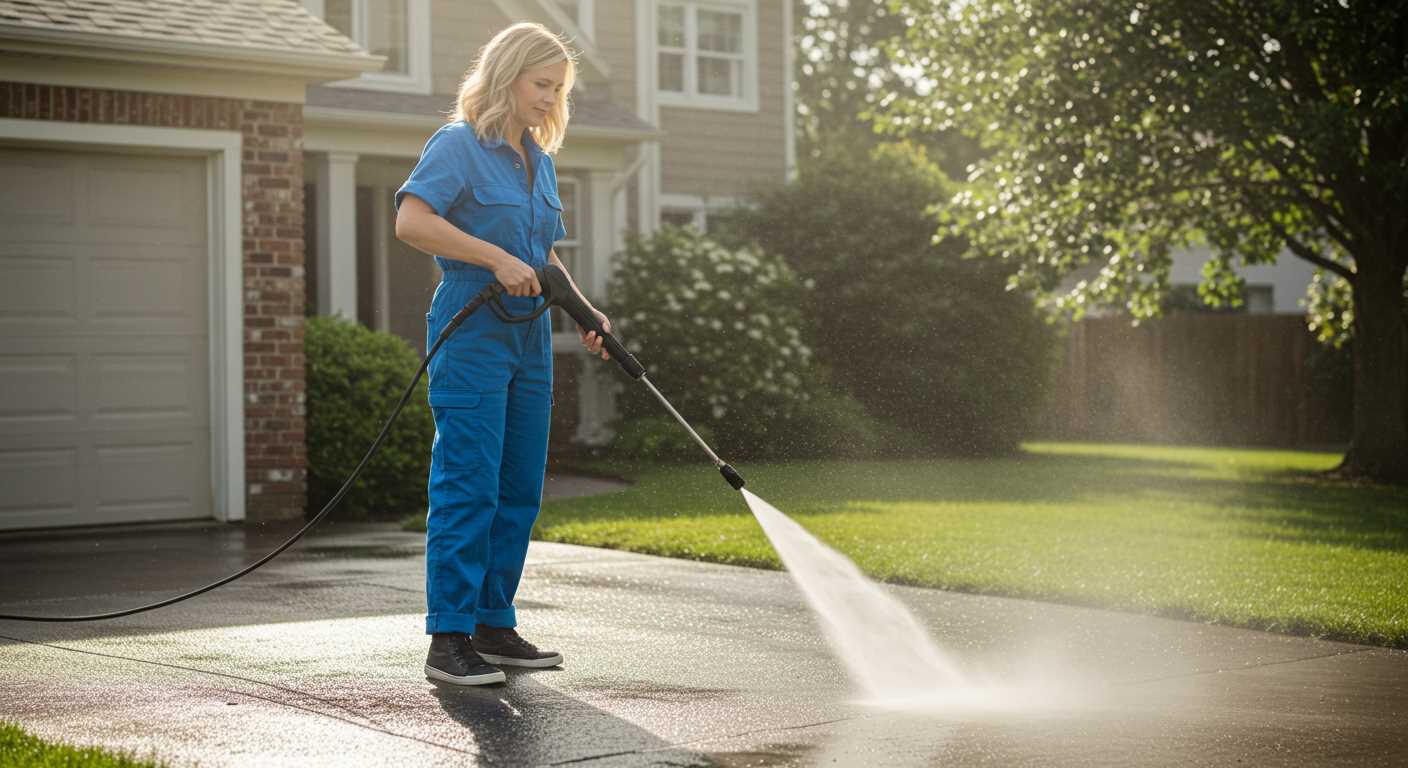
Concrete is robust but sensitive to pressure settings. Follow these points:
- Set pressure between 2000-3000 PSI.
- Utilise a 25-degree nozzle for broad coverage.
- Maintain a distance of 12-18 inches from the surface to prevent damage.
- Apply cleaning solution, allowing it to penetrate before rinsing.
Brick and Pavers
These materials require gentler techniques to avoid erosion:
- Limit pressure to 1500-2000 PSI.
- Choose a 40-degree nozzle to minimise wear on surfaces.
- Clean using overlapping strokes to ensure uniform cleaning.
- Consider applying a sealer post-cleaning to protect the surface.
Wood
Wooden patios demand the utmost care to prevent splintering:
- Use a maximum of 1200-1500 PSI.
- Employ a fan tip nozzle (25 or 40 degrees) for gentle cleaning.
- Keep a distance of at least 18 inches from the wood.
- Opt for biodegradable detergents to avoid harming natural fibres.
Composite Decking
.jpg)
Composite materials are durable but can be stained easily:
- Keep pressure below 2000 PSI.
- Utilise a 25-degree nozzle for comprehensive cleansing.
- Clean with the grain to prevent scratching.
- Rinse thoroughly to remove any detergent residue.
Engaging these tailored approaches based on the specific material not only optimises cleanliness but also extends the lifespan of your outdoor surfaces. Adhering to these guidelines will foster a cleaner and safer environment.
Maintaining Your Equipment During and After Operation
Regular upkeep is crucial for longevity and performance. After each session, it’s essential to flush the system with clean water to remove any detergent residues. I recommend running water through the lance without any attachments for a few minutes to ensure the lines are clear.
Inspect the filter regularly. A clogged filter can hinder water flow and put strain on the motor. If the filter appears dirty, remove and clean it with water. Ensure it is completely dry before reassembling.
Once finished, disconnect the hose and cables to prevent snagging or damage during storage. Coiling them neatly avoids kinks and prolongs their lifespan. Store your unit in a dry, cool location to protect it from extreme temperatures which might cause mould or corrosion.
Periodically examine the nozzle for blockages or wear. A productivity loss often stems from a partially blocked tip. Clean it carefully with a pin to ensure optimal water flow.
It’s also wise to check all connections and seals for wear. Rubber gaskets can degrade over time; replace them if you notice any leaks. Keeping everything tight and secure reduces the risk of operational issues.
Lastly, refer to the manual for specific maintenance recommendations. Each model may have unique care instructions, ensuring proper function and durability. Consider scheduling a comprehensive check-up every few months, especially if used frequently.
Cleaning up after pressure washing your patio
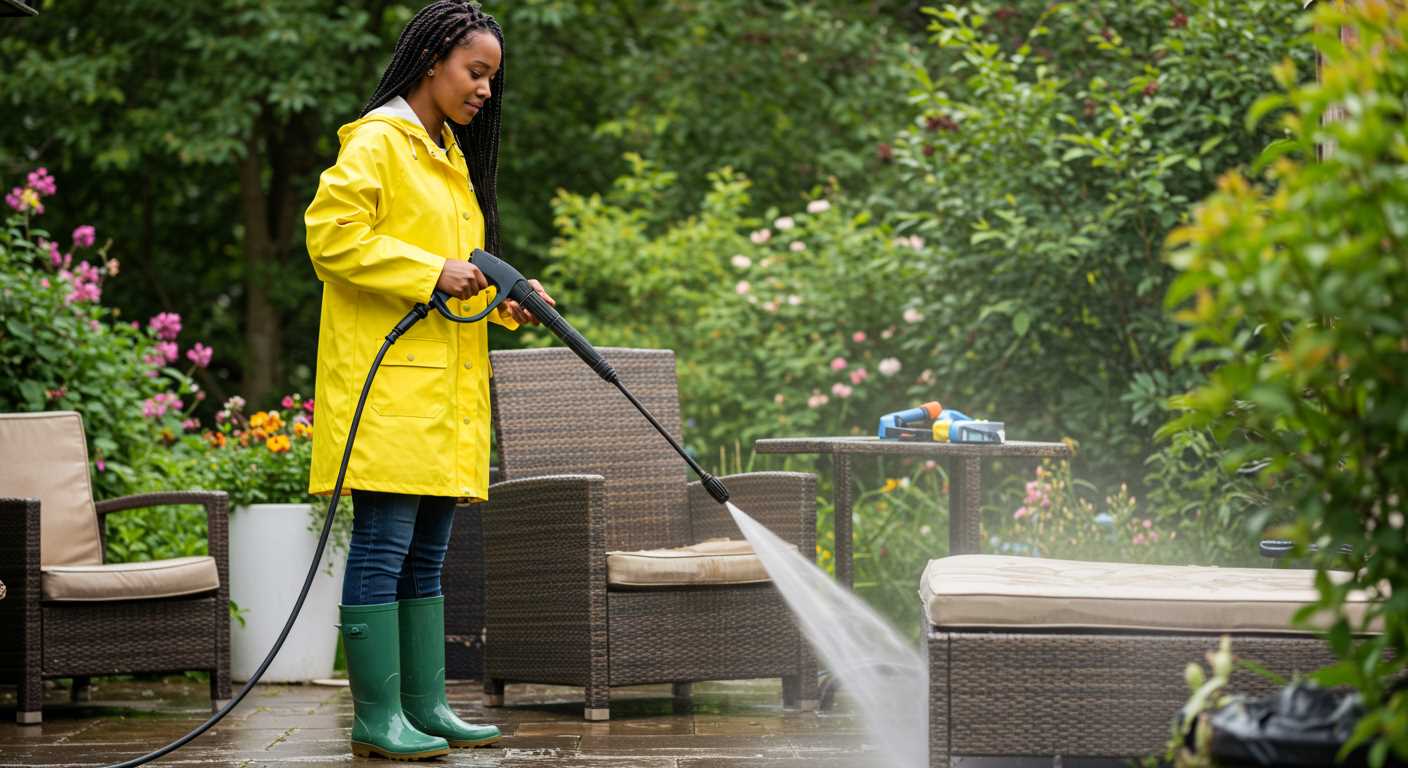
Post-cleaning, quickly remove any debris or standing water using a broom or squeegee. This step prevents slipping hazards and keeps your space tidy.
Inspect the area for any missed spots. If necessary, repeat the cleaning process on those sections, ensuring a uniform finish. For stubborn stains that remain, consider applying a targeted cleaner before rinsing again.
Clear the drains and downspouts to ensure proper water flow. This avoids pooling and potential damage during rain. Following this, allow the surface to dry completely, as moisture can lead to mould or mildew growth, especially in shaded areas.
Reorganise your furniture and decor only after the surface is dry. While doing this, take the opportunity to inspect each item for signs of wear, cleaning them as needed to maintain an inviting atmosphere.
Dispose of any debris or cleaning materials responsibly. Recycling and proper waste management reflect a commitment to the environment and enhance overall cleanliness.
Lastly, document any issues or areas needing attention for future reference, enabling better planning for your next cleaning session. This proactive approach can save time and enhance results next time.





